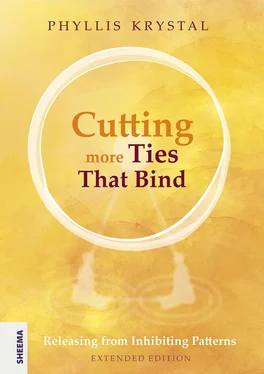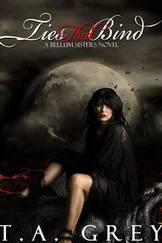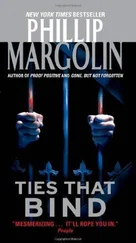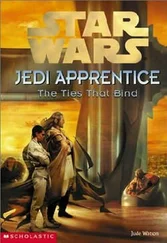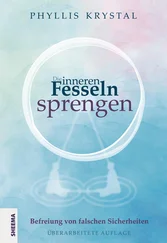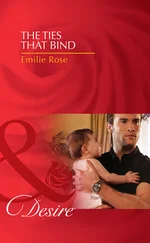A birth chart interpreted by a competent astrologer can point out possible character traits, inclinations, strengths and weaknesses of a new-born baby. For instance, the chart could reveal the possibility of a child being unusually sensitive, in which case the parents are alerted to the inadvisability of administering harsh discipline. It could show that a child is likely to have a certain ability or talent which the parents can then be prepared to encourage instead of propelling it into avenues of their own choosing. Or again, it could show that a child is apt to be deceitful and will need very firm but understanding correction of this undesirable trait.
Astrology can be useful so long as the astrologer is capable, and so long as parents treat the chart as a general guide to a child’s potential rather than allowing it to give them fixed expectations. It must be remembered that a chart can be lived out in many ways.
One of the most important points to bear in mind, and one that will help to prevent parents from causing undue hardship to their children, is to remember that each child is an individual with different specific needs from either the other siblings or the parents. When birth charts for each member of a family are obtained, these differences show up very clearly. Parenthood can then be an adventure in discovering the essential selfhood of each child and helping them to fulfil their potential. This should be the aim of every parent instead of rearing children to be little carbon copies of themselves or to be the successful people that they themselves have failed to become.
If this understanding attitude is adhered to, true education can proceed, whereby the child’s innate qualities are recognised, drawn out and encouraged, instead of the parents projecting onto their children their own expectations and demands and, in so doing, suppressing and stifling their separate individuality.
Astrological birth charts can help parents understand their children; they can also be very useful in indicating those areas of an adult’s personality that need to be worked on. But it is not advisable to consult an astrologer or a chart for every small decision or plan. Astrology can become a crutch for some types of people, making them far too dependent and incapable of using their own reasoning in making decisions. Anyone or anything which becomes a crutch eventually assumes control over the one who has come to rely on it.
A birth chart interpreted by a reputable and knowledgeable astrologer can act as a map indicating the tendencies, strengths and weaknesses from past lives to be balanced and realigned in the present one. When used as an aid to character analysis, it can be a most helpful instrument. When it is used to foretell the future it can have a negative effect. Like any means of prediction, it can prevent a person from realising that they are at liberty to alter future events in their life by working hard to eliminate personal weaknesses and change their attitudes. It is foolish to try to look into the future just as it is of no avail to hark back to the past with regrets or longings. To quote Baba again, ‘The present is the product of the past, but it is also the seed of the future.’
The Early Years: Pre-Puberty
On entering the world at birth, at some level, a child is probably aware of its forthcoming life-pattern, though as yet lacking the ability necessary to carry it out consciously.
It should be borne in mind that the parents are usually almost exclusively responsible for the early training of their children. So it is they who either start them out on a course designed to help them to achieve their potential or, as is unfortunately so often the case due to lack of knowledge and guidance, rear them in the haphazard manner in which they themselves were raised.
Parents faced for the first time with an unknown entity in the form of their new-born baby often lack the necessary knowledge to help with its development. I shall never forget how helpless I felt when I first held my newly born elder daughter. Here was this little unknown person about whom I knew nothing. I had not the faintest idea what to do with her. If only a list of instructions had come with her to explain what she needed from both her father and me to help her use this life to the best possible advantage.
At birth, a child relies almost totally on its parents to supply all its needs. It is obvious that parents must provide it with food, shelter and loving care until it grows independent. But beyond these practical necessities there exists a huge blank to be filled; all this is frequently accomplished in a hit-and-miss fashion as the child inevitably grows towards maturity. To the majority of parents it is a bewildering prospect. Usually, they have only the memories of their own childhood and their parents’ influence to guide them with their own children. In this way, many patterns of child-rearing are handed down from generation to generation, some positive and some negative in their effect upon the child’s development.
It is the reaction of the growing child to the entire environment, including everyone and everything in it, that determines its progress or the reverse.
Parents are authority-figures while a child is helpless to fend for itself. But if this parental control continues beyond childhood into adulthood, it prevents the developing youth from taking responsibility for their own life. They will be rendered too dependent, first on the parents and then on others in positions of authority.
However, if a child is to grow into an independent, responsible and mature adult, they need to be taught that there is a higher authority than their parents that they can contact within their own heart. They need to understand that this inner authority, or High C, is their own true self. It is, therefore, more reliable than any other guide, especially one’s own ego or personality.
As the child grows old enough to understand, they can be led by the parents to seek guidance from this inner source. They can teach the child to sit quietly and listen for thoughts or images to enter their mind in answer to their questions or appeals for help. When parents set the example by themselves following this practice, and are willing to sit with the child and initiate him or her into the habit, the results are often remarkable. Most children take to it very naturally if they are taught the process before they come under the influence of others, particularly their peers, who may ridicule such behaviour.
When this practice is successfully initiated and faithfully followed, by the time of puberty the child will be ready to cut the inner ties to the parents and continue more and more to seek the help and guidance of the High C, who alone knows best their destiny and needs.
Parental control and guidance of pre-pubescent children are largely missing, primarily because, in many families both parents need to work outside the home to support their desired life-style. The children of working parents are left to the care of baby-sitters, or older siblings, or in a nursery school, for far too many hours each day. They are often under the direct care of their parents for fewer hours than with non-family personnel. The result is that there is no conformity of supervision or training: children are exposed to one set of rules during the day and a different set when they are with their parents, causing them to receive confusing mixed messages.
To further complicate the scene, children whose parents are separated or divorced are invariably reduced to being mere pawns, caught in a crossfire of continued arguments, or as the objects of competition by each parent for their love and affection.
Children brought up by single parents do not have the problems caused by conflicting types of discipline, so often the case when the mother and father have different priorities, or their views on child-rearing are at variance. But, when one or other parent is missing from their everyday life, they suffer by being deprived of the two distinct role models of masculinity and femininity to help them in shaping their own future roles as men or women.
Читать дальше
